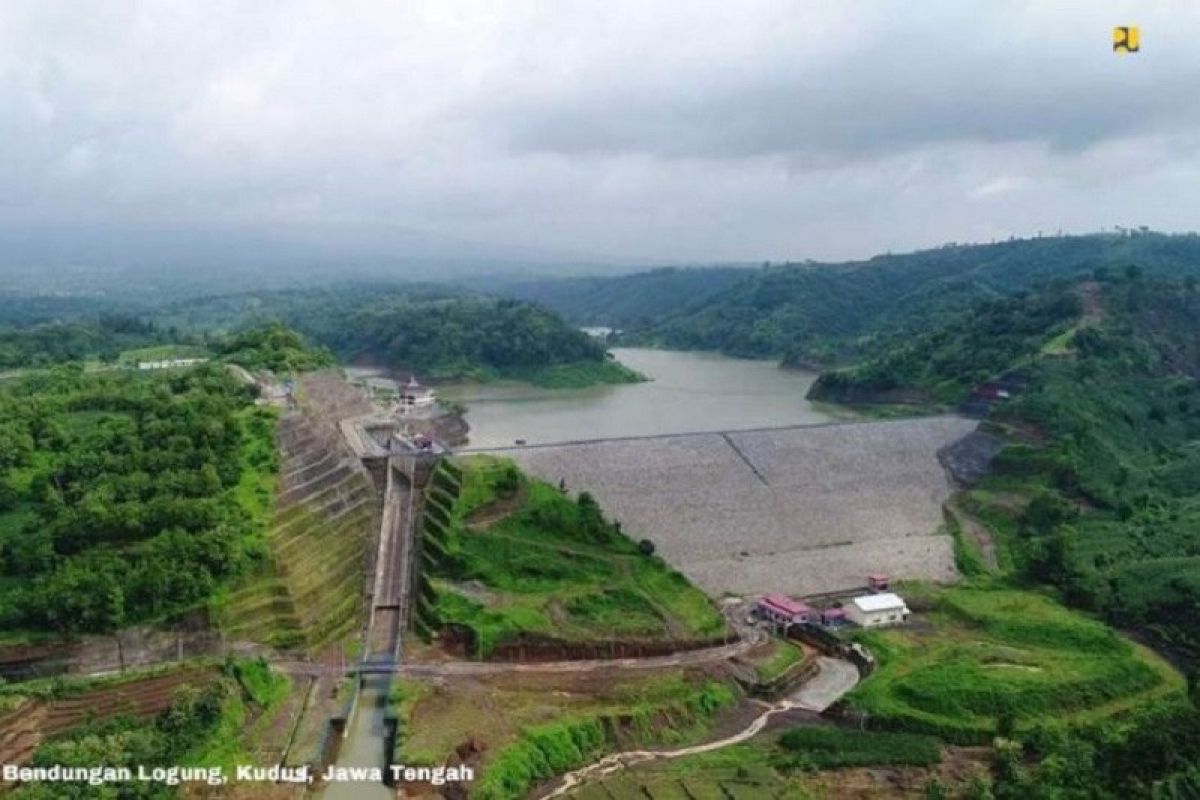Jakarta (ANTARA) - The Ministry of Public Works and Public Housing (PUPR) will optimize the capacity of water storage infrastructure across Indonesia as a precautionary measure against protracted drought during the dry season.
PUPR Minister Basuki Hadimuljono highlighted President Joko Widodo's instructions that the government should guarantee water supply for food, health, and basic services during the COVID-19 pandemic.
"Hence, the Ministry of PUPR will adopt measures to guarantee the availability of water during the dry season," Minister Hadimuljono noted in a statement here on Friday.
Field monitoring results indicated that 241 reservoirs cover 16 main reservoirs holding 4,721 billion cubic meters of water to supply to irrigation areas measuring 512,515 hectares, or 96.57 percent of the total 530,738 hectares.
Of the 16 main reservoirs, 10 reservoirs with normal water levels are Jatiluhur, Cirata, Saguling, Batutegi, Sutami, Wonorejo, Bili-Bili, Kalola, Way Rarem, and Ponre-Ponre.
Meanwhile, six reservoirs holding below-normal levels of water are Kedungombo, Wonogiri, Wadas Lintang, Cacaban, Selorejo, and Batu Bulan.
In addition to the dams, the Ministry of PUPR monitors water availability in 4,227 retention basins and 344 weirs, with a volume capacity of 338.8 cubic meters.
Moreover, the ministry has readied 7,914 bore wells by utilizing an irrigation network of groundwater and raw water spanning an area of 118,652 hectares and groundwater for raw water of 2,386 cubic meters per second. Of the total, 4,098 bore wells are functioning normally, while operational disruptions are being encountered in the remaining 3,816 bore wells.
Of the 4,098 normally functioning bore wells, 488 are located in Sumatra, while 46 wells are in Kalimantan, 701 in Sulawesi, 1,514 in Java, 1,190 in Bali-Nusa Tenggara, two in Maluku, and 148 wells in Papua.
The Meteorology, Climatology, and Geophysics Agency (BMKG) has projected this year’s dry season to occur in April, dominant in May, June, and July, while peaking during the period from August to September 2020.
The hydrological drought is forecast to chiefly impact 10 provinces -- West Java, Central Java, Yogyakarta, East Java, South Sulawesi, Bali, West Nusa Tenggara (NTB), East Nusa Tenggara (NTT), Maluku, and Papua -- with affected areas in 90 districts and cities.
Moreover, agricultural areas forecast to be affected by drought are located in the 10 provinces of West Java, Central Java, Yogyakarta, East Java, South Sulawesi, Bali, NTB, NTT, Maluku, and Papua, with 1.14 million hectares of irrigation areas to be affected.
Related news: President prepares three-step strategy to tackle harsher dry season
Related news: Jokowi warns of harsher dry season in Indonesia's 30-percent regions
EDITED BY INE










